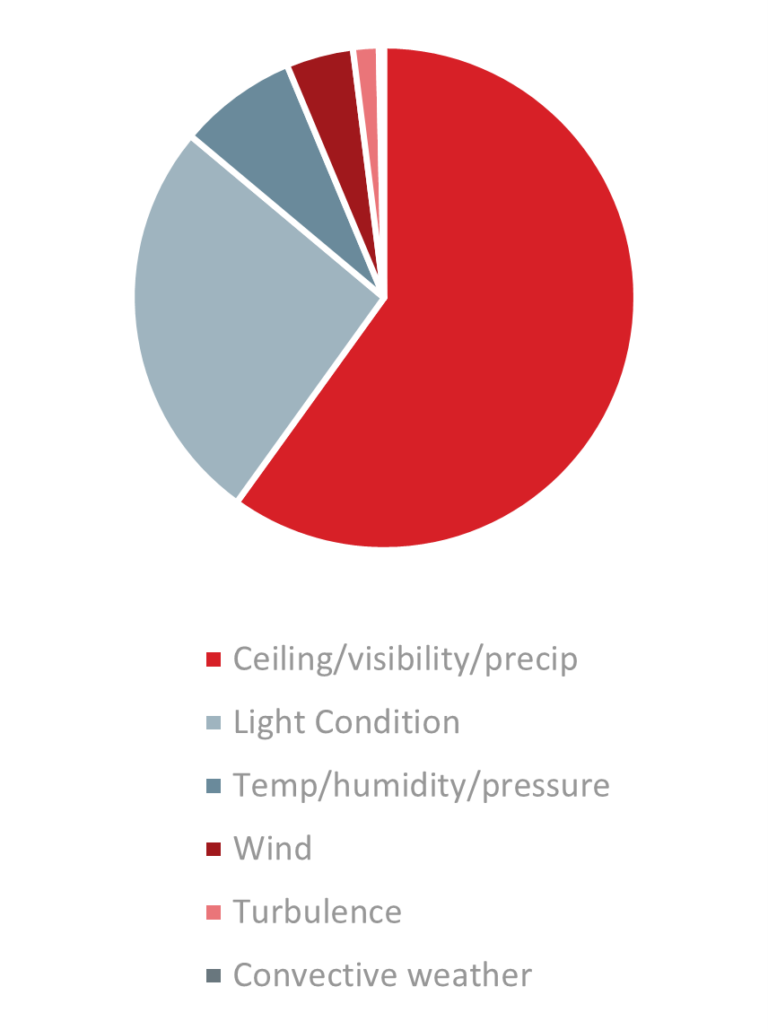What is the definition of a Safety Management System (SMS)? As per ICAO, it is a formal systemic approach to managing safety risk. FAA defines SMS as the formal, top-down, organization-wide approach to managing safety risk and assuring the effectiveness of safety risk controls. It includes systematic procedures, practices, and policies for the management of safety risk.
Considering the above, is having a safety reporting system sufficient for the implementation of SMS? No, it is a component to SMS, but it is not the only component to SMS. When a Safety Report is submitted and investigated, the incident has already occurred, the operator is then focused on reactively managing its risk. A key aspect of SMS is the proactive approach to risk management, which focuses on:
- Identifying and preventing potential hazards before they occur
- Risk-Based decisions
- Continuous improvement of Safety Performance
A proactive approach to risk management is possible in an operating environment that has a positive safety culture, which in turn requires management and leadership commitment to SMS implementation.
A Safety Management System aids operators in effective risk mitigation. As part of its ongoing analysis, mba Aviation assesses a number of factors which contribute to aviation safety. Below is a selection of analysis conducted which has a direct impact on Aviation Safety.
A review of NTSB’s data set for accidents and serious incidents in the United States shows the below trend for Midair collisions and Near misses (The data includes Part 91, Part 107, Part 121, Part 135, Part 137, Non-US Commercial, Non-US Non-Commercial, Public Use and Armed Forces aircraft).
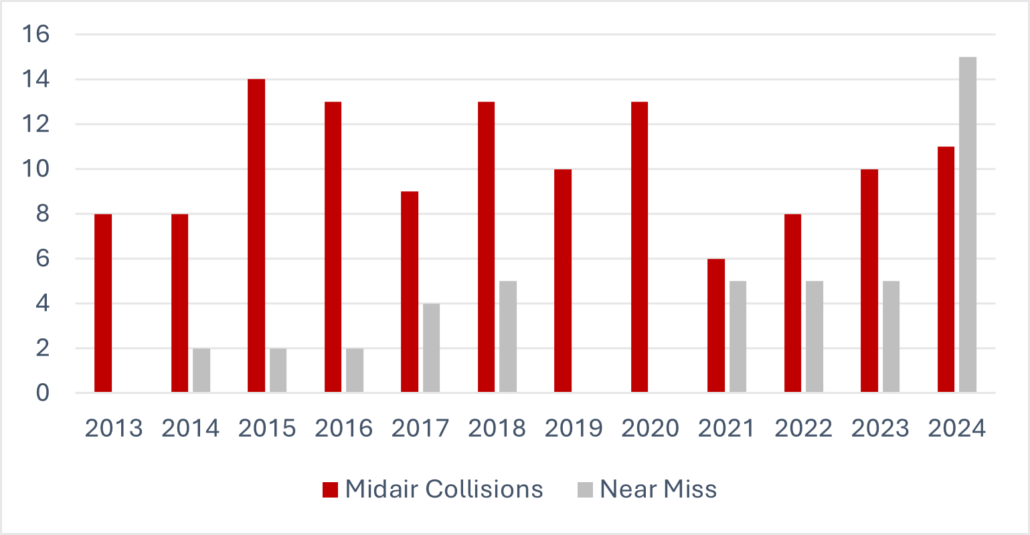
- The number of midair collisions over the past decade have been consistent, the same for near misses in the last four years, however 2024 had an increase in the number of near misses. Should the industry be proactively looking at causal factors for both midair collisions and near misses to mitigate and manage the risk?
- A Safety Management System enables the operators to proactively identify safety trends within their operations, thereby reducing their operational risk.
The 2023-2025 edition of ICAO’s Global Aviation Safety Plan (GASP) has identified five global high-risk categories of occurrence (G-HRCs), as global safety priorities that should be addressed to mitigate the risk of fatalities.
- Mid-air collision (MAC);
- Controlled Flight into Terrain (CFIT);
- Loss of Control in-flight (LOC-I);
- Runway Excursion (RE); and
- Runway Incursion.
Analysis of causal factors for Midair collisions in the past decade shows Personnel issues as the leading cause for the incidents/accidents.
Causal Factors – Midair Collisions
Breakdown of Personnel Issues Identified
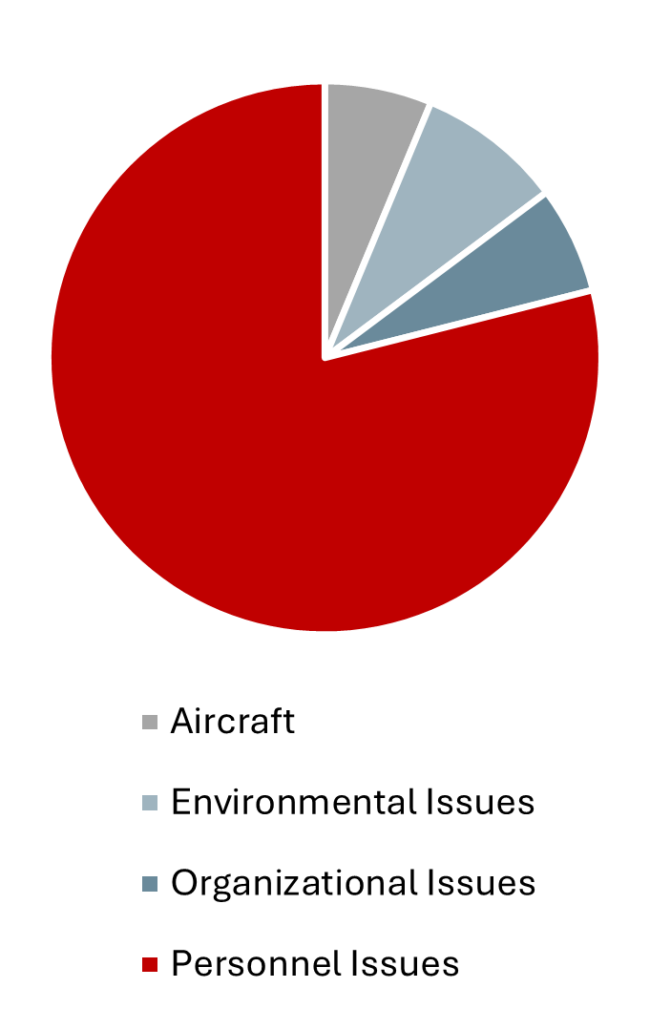
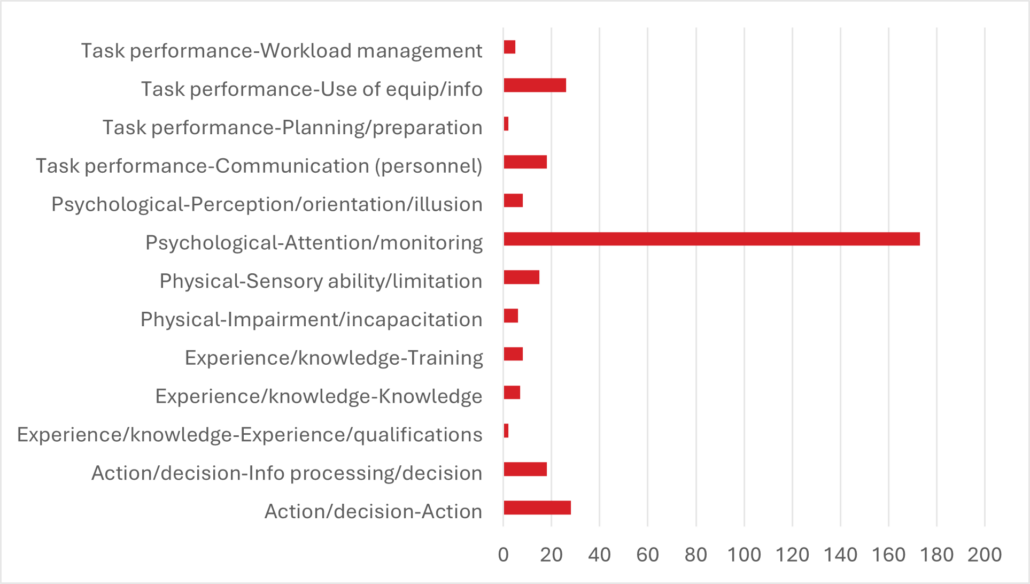
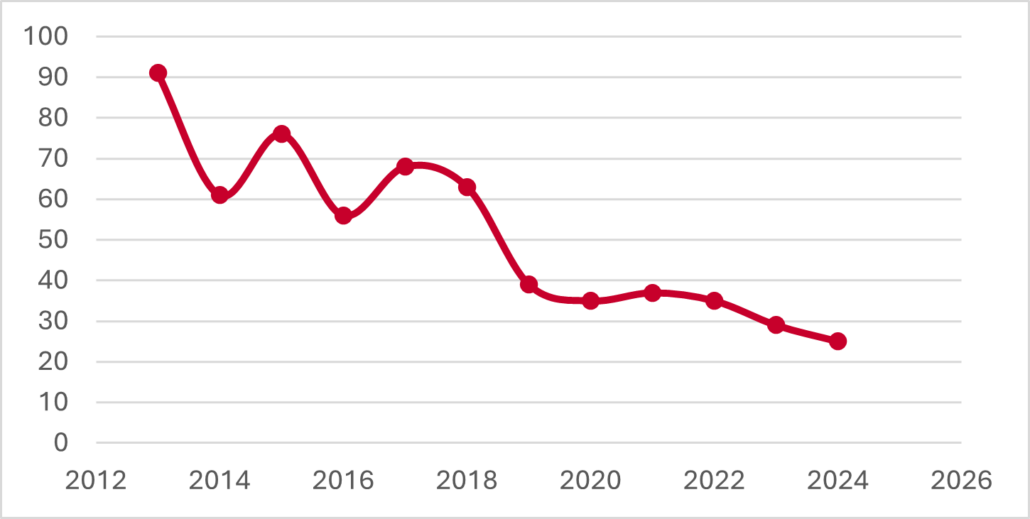
- The number of CFITs in the past decade have decreased in the US and globally, as a result of global initiatives towards managing this risk through the improvement of aircraft technology.
- The NTSB data set highlights three phases of flight that were more risk prone to CFITs; Enroute, Approach and whilst maneuvering the aircraft.
- The top 3 Causal Factors for CFITs are:
- Environmental Issues – Conditions/weather/phenomena
- Personnel Issues – Aircraft oper/perf/capability
Although the number of CFITs has reduced, it is still too high a number to be acceptable. A breakdown of the 3 top causal factors depicts the below. An SMS enables the organization to implement a performance-based approach to managing safety, enabling the organization to identify and manage the latent risks before it leads to an accident.
Environmental issues-Conditions/weather/phenomena
Personnel issues- Action/decision
Aircraft- Aircraft oper/perf/capability
